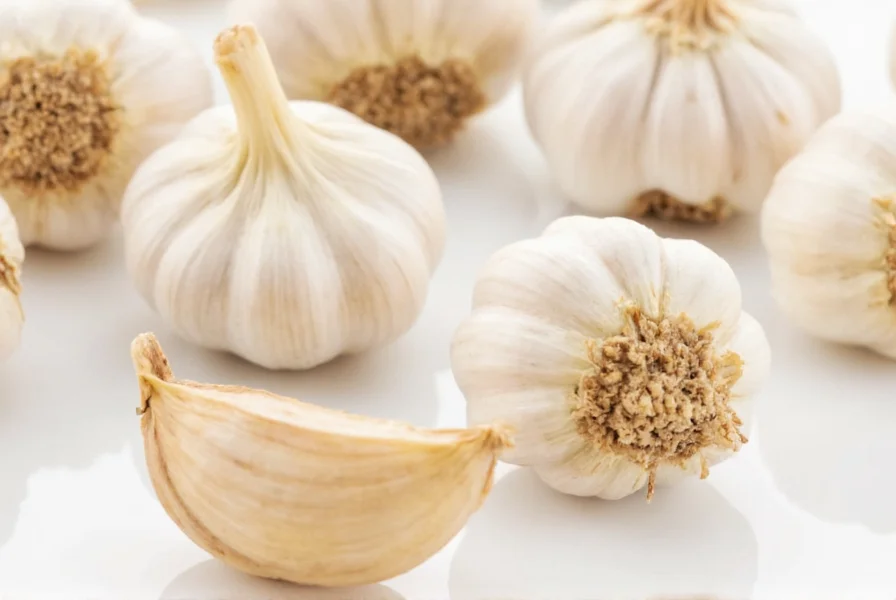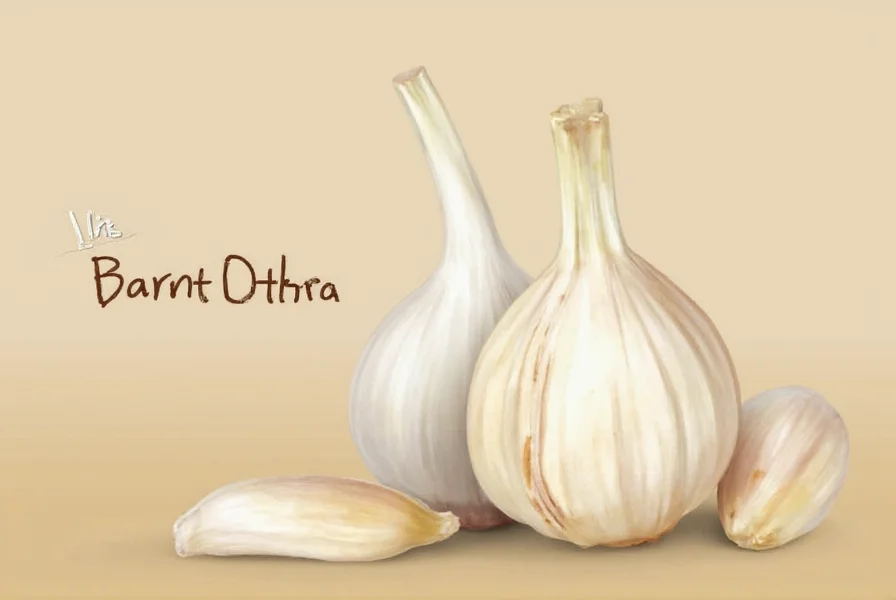Understanding garlic measurements is essential for recipe accuracy, yet many home cooks struggle with the conversion between fresh garlic cloves and standardized measuring spoons. This confusion often leads to the mistaken question how many tbsp is a clove of garlic, when the proper conversion involves teaspoons, not tablespoons.
Why the Teaspoon vs. Tablespoon Confusion Happens
When examining how much minced garlic equals one clove, it's critical to recognize that a single medium garlic clove produces about 1/2 teaspoon of minced garlic. The misunderstanding typically occurs because:
- Cooks often reach for tablespoons when measuring small quantities
- Recipe instructions sometimes lack precision about garlic measurements
- Pre-minced garlic containers display measurements in tablespoons
- Many measuring spoons feature both teaspoons and tablespoons together
Understanding the proper garlic measurement equivalents prevents recipe disasters. Using a full tablespoon of garlic (equivalent to 6 cloves) instead of the intended 1/2 teaspoon (1 clove) would dramatically alter a dish's flavor profile.
Factors Affecting Garlic Measurements
Several variables impact the precise garlic substitution measurements in your recipes:
- Clove size: Small cloves yield about 1/4 teaspoon minced, medium cloves 1/2 teaspoon, and large cloves up to 1 teaspoon
- Preparation method: Pressed garlic compacts more than hand-minced, yielding slightly less volume
- Moisture content: Freshly harvested garlic contains more moisture than store-bought bulbs
- Packing: How tightly you pack minced garlic into the measuring spoon affects volume
| Garlic Form | Equivalent to 1 Medium Clove | Equivalent to 3 Cloves |
|---|---|---|
| Fresh, minced | 1/2 teaspoon | 1 1/2 teaspoons (1/2 tablespoon) |
| Fresh, pressed | 1/3 teaspoon | 1 teaspoon |
| Bottled minced | 1/2 teaspoon | 1 1/2 teaspoons |
| Garlic powder | 1/8 teaspoon | 3/8 teaspoon |
| Garlic salt | 1/4 teaspoon | 3/4 teaspoon |

Practical Cooking Applications
When working with the garlic clove to teaspoon conversion in your kitchen, consider these practical tips:
For most savory dishes, the standard fresh garlic to jarred garlic conversion follows the 1:1 ratio mentioned in our table. However, bottled garlic often contains preservatives and citric acid that slightly alter flavor. When precision matters (like in delicate sauces), fresh garlic provides superior flavor control.
Chefs recommend measuring minced garlic by gently filling the spoon without packing it down, then leveling with a knife edge. This technique ensures consistent cooking measurement conversions for garlic across recipes.
When substituting jarred minced garlic for fresh in recipes, add it later in the cooking process since it's already minced and releases flavor more quickly. This adjustment prevents bitter flavors that can develop when jarred garlic cooks too long.

When Precision Matters Most
Certain recipes demand exact garlic measurement equivalents. In vinaigrettes, aiolis, and delicate sauces, even small measurement variations significantly impact flavor balance. For these applications, use the precise 1/2 teaspoon per medium clove standard.
Conversely, in robust dishes like stews, braises, and roasted vegetable preparations, garlic measurements can be more approximate. In these cases, the cooking process mutes individual flavor components, making precise garlic substitution measurements less critical.
Remember that garlic intensity varies by variety and freshness. Older garlic bulbs develop stronger flavors, while freshly harvested 'wet' garlic has a milder profile. Adjust your garlic clove to teaspoon conversion accordingly when working with different garlic sources.
Frequently Asked Questions
How many teaspoons of garlic equals one clove?
One medium garlic clove equals approximately 1/2 teaspoon of minced garlic. Small cloves yield about 1/4 teaspoon, while large cloves can produce up to 1 teaspoon of minced garlic.
Can I substitute bottled minced garlic for fresh cloves?
Yes, you can substitute bottled minced garlic for fresh using a 1:1 ratio (1/2 teaspoon bottled = 1 medium clove). However, bottled garlic often contains preservatives that slightly alter flavor, so add it later in the cooking process to prevent bitterness.
Why is my recipe calling for tablespoons of garlic when that seems excessive?
Recipes calling for tablespoons of minced garlic typically intend multiple cloves. One tablespoon equals 3 teaspoons, which would require 6 medium garlic cloves. Always double-check whether your recipe specifies 'teaspoons' or 'tablespoons' to avoid overwhelming your dish with garlic.
How do I convert garlic powder to fresh garlic?
Use 1/8 teaspoon of garlic powder to replace one medium garlic clove (1/2 teaspoon fresh minced). Garlic powder is more concentrated, so this garlic measurement equivalent prevents overpowering your dish. Remember that garlic powder lacks the fresh flavor complexity of whole cloves.
Does roasting garlic change the measurement conversion?
Roasting concentrates garlic flavor but reduces volume slightly through moisture loss. For roasted garlic, use approximately 2/3 teaspoon per medium clove instead of the standard 1/2 teaspoon. The sweeter, milder flavor of roasted garlic allows for slightly more generous measurements without overpowering dishes.










 浙公网安备
33010002000092号
浙公网安备
33010002000092号 浙B2-20120091-4
浙B2-20120091-4